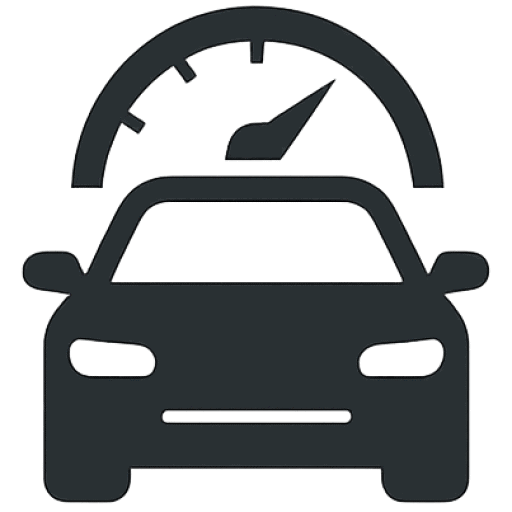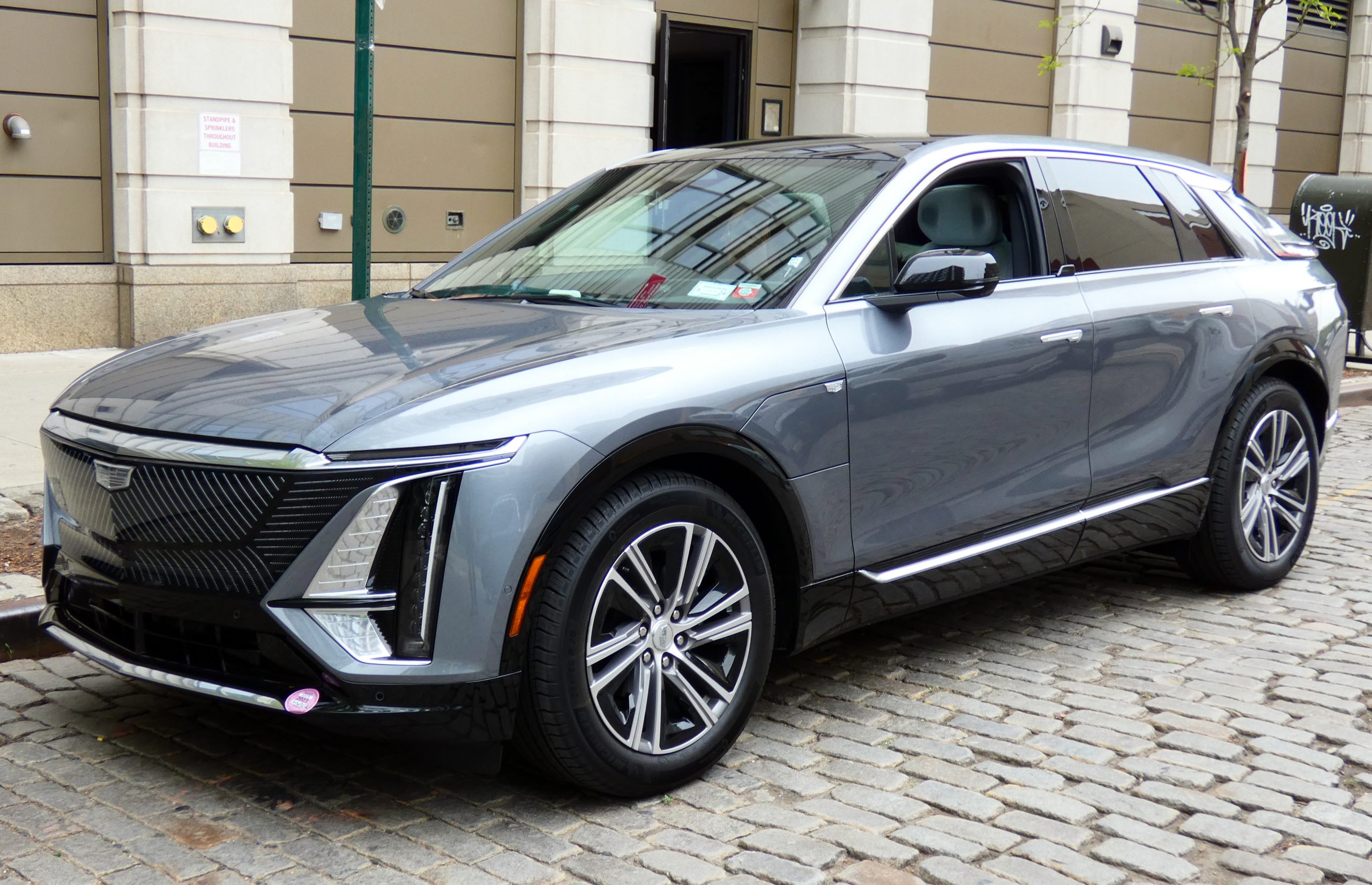I’ve always been curious about the “real” efficiency of my EV—especially when what I see on my dash doesn’t line up with EPA ratings. That led me down the rabbit hole of coast down testing, a method used for decades to help manufacturers simulate real-world drag and resistance when certifying fuel economy and range.

But in 2025, is coast down testing still relevant or accurate for EVs, especially compared to newer global standards like WLTP? Let’s unpack what coast down tests actually measure, why they’re still in use, and whether you can trust them as a driver.
What Is a Coast Down Test?
Coast down testing is an old-school but effective way to measure how much resistance a car faces when rolling on a flat road. Here’s how it works:
- A car is driven up to a set speed (like 70 mph).
- The driver lets off the accelerator, and the vehicle coasts to a stop.
- Instruments record how long it takes to slow down, accounting for wind resistance, tire drag, and drivetrain friction.

The data is then used to create a mathematical profile that simulates how the car would behave in real-world driving when tested on a dynamometer (a big treadmill for cars used in lab tests like the EPA cycle).
Why It Still Matters for EVs
Even though EVs don’t have traditional engines or transmissions, aerodynamics and rolling resistance still matter a lot for efficiency. Automakers still rely on coast down tests to plug those real-world drag numbers into lab tests that estimate your MPGe or driving range.
So yes—it’s still relevant. It helps determine:

- How fast your EV will use energy at highway speeds
- Realistic range estimates under specific driving profiles
- Rolling resistance of low-rolling-resistance tires vs all-terrain
The test can also highlight whether your EV’s range rating is too optimistic based on actual physics.
What Changed in 2025?
What’s new is how we compare that data.
The EPA still uses a modified 5-cycle test based on city/highway driving simulations, but the WLTP (used in Europe and many other markets) offers a more aggressive, real-world test cycle with higher top speeds and more frequent acceleration. That makes WLTP range numbers look better on paper—but sometimes less realistic depending on conditions.

And now, many automakers use both standards for the same vehicle, which is where coast down testing stays important: it helps unify the baseline for both lab environments.
Coast Down vs WLTP: A Quick Comparison
| Feature | Coast Down Data (EPA Basis) | WLTP Test Cycle |
|---|---|---|
| Primary Use | Simulate real-world drag for dyno | Full range and emissions testing |
| Measures | Rolling + aerodynamic resistance | Speed variations, acceleration patterns |
| Used By | EPA, CARB, U.S. certification | EU, Asia, and some global markets |
| Real-World Accuracy | High for resistance modeling | Higher at high speeds, sometimes optimistic |
| Visibility to Drivers | Not shown to consumers | WLTP range often shown on window stickers |
Should You Trust Coast Down Data?
From a consumer perspective, coast down test results aren’t usually published. But they do directly shape what your dashboard shows and how your car behaves in regen or coasting.
If you’re evaluating two EVs and one has a notably better coast down profile (meaning it coasts longer), it might:

- Use less power at highway speeds
- Feel smoother during deceleration
- Show a bit more range on long trips
That said, it’s just one factor. EV range still depends heavily on HVAC use, elevation, weather, and tire choices.
How to Use This Info as a Driver
Here’s how I personally apply it:
- I know my EV’s EPA range may be based on idealized coast down scenarios.
- In windy or hilly conditions, I expect 10–15% less real range.
- If I swap tires or add a roof box, I assume my “coast down resistance” goes up—so I adjust my expectations.
If you’re shopping for an EV or trying to improve your efficiency, focus on:

- Aero mods (wheel covers, no roof racks)
- Proper tire inflation
- Avoiding sudden regen/braking cycles on flat terrain
You Might Also Be Interested In:
- Maximizing Range: Cold Weather Tips for Tesla Model Y
- Eco‑Friendly Low Rolling Resistance Tires Under $150
- How Hot Is Too Hot for Tire Pressure?
Coast down testing isn’t a relic—it’s just invisible to most of us. It quietly powers how carmakers model efficiency, range, and performance in lab simulations. While it won’t show up in your owner’s manual, it still shapes how your EV behaves on the road in 2025.
So yes, coast down testing still matters. But pair it with real-world feedback, range logging, and a little common sense, and you’ll always stay ahead of the curve when it comes to EV efficiency.
Let’s Talk Cars
Have a question? A suggestion? Just want to say hi?
You’re in the right place.
Use the form below to reach out to the AutoSpecs Daily team. We're happy to hear from readers, car lovers, first-time buyers, and anyone who's got something to share.
What can you contact us about?
- Feedback on one of our articles
- Ideas for new topics you'd like us to cover
- Questions about cars, gear, or general auto advice
- Media, partnership, or brand inquiries
- Anything else that's on your mind
We check every message that comes through and do our best to respond within 2 to 3 business days.
We don’t list an email address here to avoid spam, but the contact form is the best and fastest way to reach us.
Thanks for stopping by. We're glad you're here.

